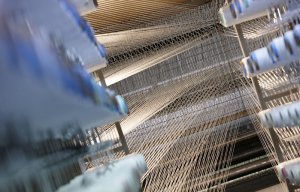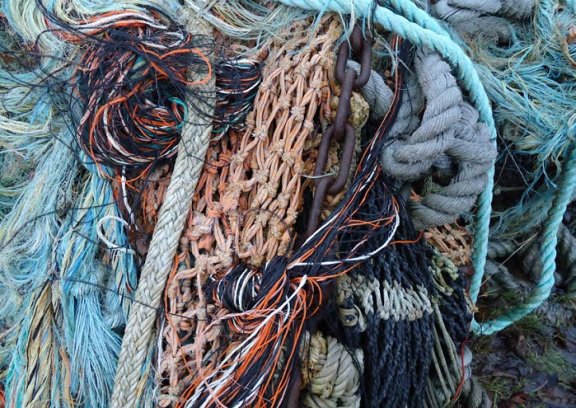
Carpet Concept develops new carpets made with Econyl yarn
Econyl offers architects and designers high performing, customisable and sustainable materials.

12th September 2019
Innovation in Textiles
|
Atlanta, GA
Econyl is made from waste, like fishing nets and old carpets. © Aquafil
Aquafil, a leading company in the circular economy, has announced that Econyl regenerated nylon contributes to Leadership in Energy and Environmental Design (LEED) v4 points in four main categories. LEED v4 is the most current version of the LEED green building rating system established by the US Green Building Council. LEED is the most widely used green building rating system in the world.
The four main LEED v4 categories that Econyl contributes to are:
“We are proud to be part of the green building and design movement,” said Giulio Bonazzi, chairman and CEO of Aquafil. “Architects and designers have a growing consciousness that sustainability is mission critical to our future. We have created Econyl to help move green building and design forward. Contributing to LEED points is a very important motivator for our partners, and we are excited to contribute to LEED v4 points across four categories.”
Made from waste, like fishing nets and old carpets, Econyl is infinitely recyclable and can unleash infinite possibilities for designers and architects. Designers and specifiers can create new products and buy new products without having to use new resources.
For every 10,000 tons of Econyl raw material, 70,000 barrels of crude oil are saved, and 57,100 tons of CO2 equivalent emissions are avoided. Econyl is also UL and Cradle-to-Cradle certified. Designers use it to produce a wide range of textile products such as sportswear, swimwear, bags, eyewear and carpets.

Business intelligence for the fibre, textiles and apparel industries: technologies, innovations, markets, investments, trade policy, sourcing, strategy...
Find out more